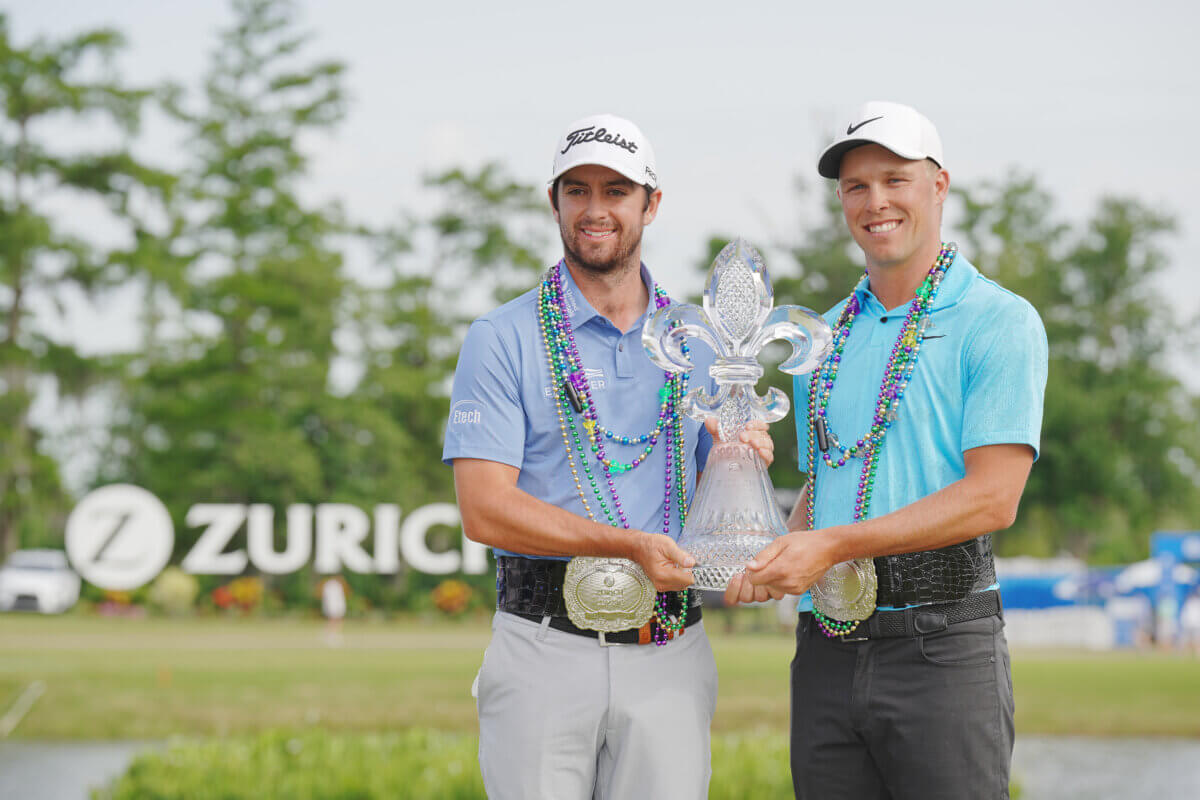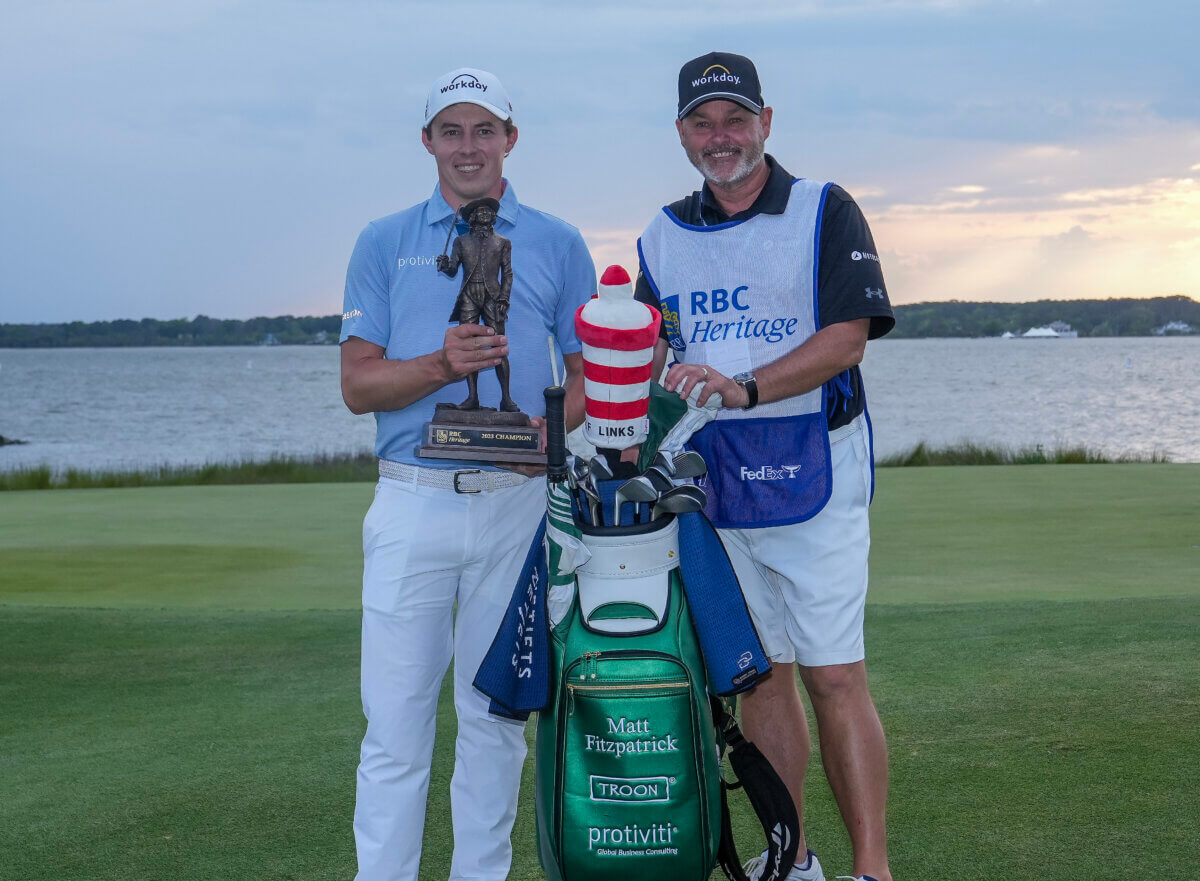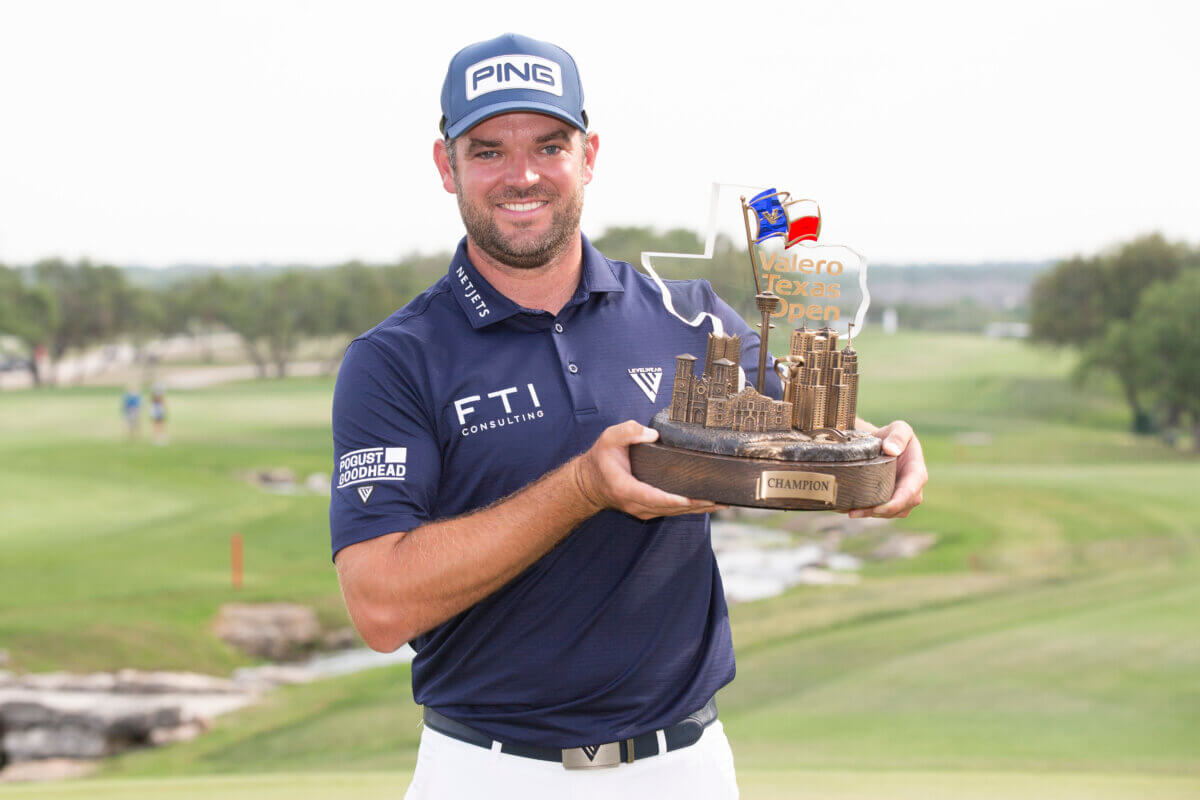Hawk’s Eye: The pro caddie ranks are loaded with strong players

It’s too bad Harry Diamond wasn’t allowed to hit Rory McIlroy’s opening tee shot last week at the 148th British Open. Not often do we see a four-time major champion begin the biggest tournament of his life by hooking a 2-iron out of bounds. On a course at which he shot a 61 at the age of 16, no less, a venue just 60 miles north of his hometown.
Diamond, an accomplished Northern Irish amateur who took the job as McIlroy’s caddie two years ago, might have been just as nervous as his boss. This was the first major championship held on their native soil in 68 years. A festive, emotionally charged atmosphere. And though I’m not a big fan of internal OB provisions, McIlroy obviously knew they were there.
He’d done the same thing with the same club in a practice round the previous day.
READ: Caddies reveal their biggest, on-course pet peeves
Of greater irony was the fact that McIlroy and Brooks Koepka, who entered the British as co-favorites, both employ a caddie from Northern Ireland who was a standout player in his day. Ricky Elliott, the subject of last week’s column, is a former Ulster Boys champion who played college golf at the University of Toledo prior to teaming up with Koepka. And Diamond won several prominent regional events in his homeland, one of which earned him a spot in the 2012 Irish Open.
He also served as best man at McIlroy’s 2017 wedding, which took place on a 350-acre Irish estate known as Ashford Castle. That ceremony featured its own version of OB stakes—the couple hired a security firm to prevent any unsanctioned drones from taking photos of the gathering, which leaves me to wonder. Where there any sanctioned drones in the sky that afternoon?
Perhaps I should digress. Diamond and Elliott are just two of the many tour caddies who once played the game at a very high level. The best of the bunch has to be Lance Ten Broeck, who worked for Jesper Parnevik during the Swede’s prime and now carries for Ernie Els. Ten Broeck made 159 cuts in 349 career starts on the PGA Tour and won the 1984 Magnolia State Classic, an opposite-field event played the same week as the Masters, thus making Last Call Lance’s lone big-league victory an unofficial one.
Ten Broeck was still good enough in his mid-50s to finish T-9 at the 2012 U.S. Senior Open, where the field also included Damon Green. Best known for his 15-year partnership with Zach Johnson, Green earned a return trip to the Senior Open by virtue of his T-13 the year before. He won 70-plus events on the Florida satellite circuits and came within a missed 2 ½-footer of qualifying for the PGA Tour in 1994.

I could pile up a serious word count by detailing all the competitive achievements of the guys who now caddie at the game’s highest level. Don Donatello and Kip Henley are former “Big Break” contestants, and Henley, who won the televised competition in 2004, would play in a handful of tour events over the years. The same goes for Paul Tesori, who would likely tell you with a smile that he failed to make a cut in 21 attempts during the late 1990s.
When Brandon Hagy missed most of the 2018 season with a wrist injury, his caddie, Corby Segal, found himself with plenty of time to work on his own game. It was good enough for him to be named the SoCal Golf Association’s Player of the Year, which provides an appropriate segue to when Segal worked for former tour pro Carl Paulson.
“Let me put it this way,” Paulson said. “I remember one time when I wasn’t playing great and I said to Corby, ‘What’s it like, caddieing for a guy on the PGA Tour who you know you can beat right now?’ And that was the truth.”
It all leads to one question: is being a really good player more likely to make you a really good caddie? There are some tricky dimensions involved here, the biggest being that many of the better-playing loopers carry for younger tour pros or guys who haven’t done a whole lot. A caddie can only do so much to help his man. The nervous adrenaline that accompanies getting into the hunt on Sunday, the ability to shake off bad breaks, the mentality that comes with shooting a pair of 65s and thinking about a nice paycheck, then dropping 25 spots on the leader board after a 71….
Those are all things that must be experienced rather than learned from someone else. Some players are primarily interested in making a decent living off the game. Others play to win big championships and achieve greatness. Some guys respond to the whip, others don’t listen unless you spoon-feed them sugar. Few of the auxiliary, immeasurable factors that make a successful player-caddie relationship hinge on how well the caddie golfs his own ball.
Steve Williams had a low handicap as a kid, but he quickly realized his future in the game wasn’t as a competitor. Joe LaCava plays to single digits when his game is in good shape, but he’s not in the same class as the others mentioned here. And when Jordan Spieth’s father called in late 2012 to offer him a full-time caddieing job, Michael Greller was teaching sixth-graders in Washington, not chasing a dream on some mini-tour.
“You have to think on your feet, adapt to stress, have patience, be an encourager and have a servant’s heart,” Greller has said of the similarities between the two occupations. “In other words, teaching did a whole lot to prepare me.”
He hasn’t been on the tour for nearly as long as some of his colleagues, but Greller has turned numerous heads with an extraordinary work ethic. When Spieth has an afternoon tee time, he arrives at the course several hours early to survey weather conditions and search for any competitive nuance that catches his attention.
Preparation, composure, instinct. All assume a larger role in the making of a successful caddie than does playing ability. That said, many of the best caddie/golfers do their current job so well because they fell in love with the game, and eventually, their physical skills allowed them to develop as players, which only made them love the game more.
There is no substitute for passion. Especially when you’re the guy carrying the clubs instead of swinging them.
All views expressed in this column are those of John Hawkins and do not necessarily reflect those of the Caddie Network.





